9 Things You Should Never Do When Thrifting, According To Experts
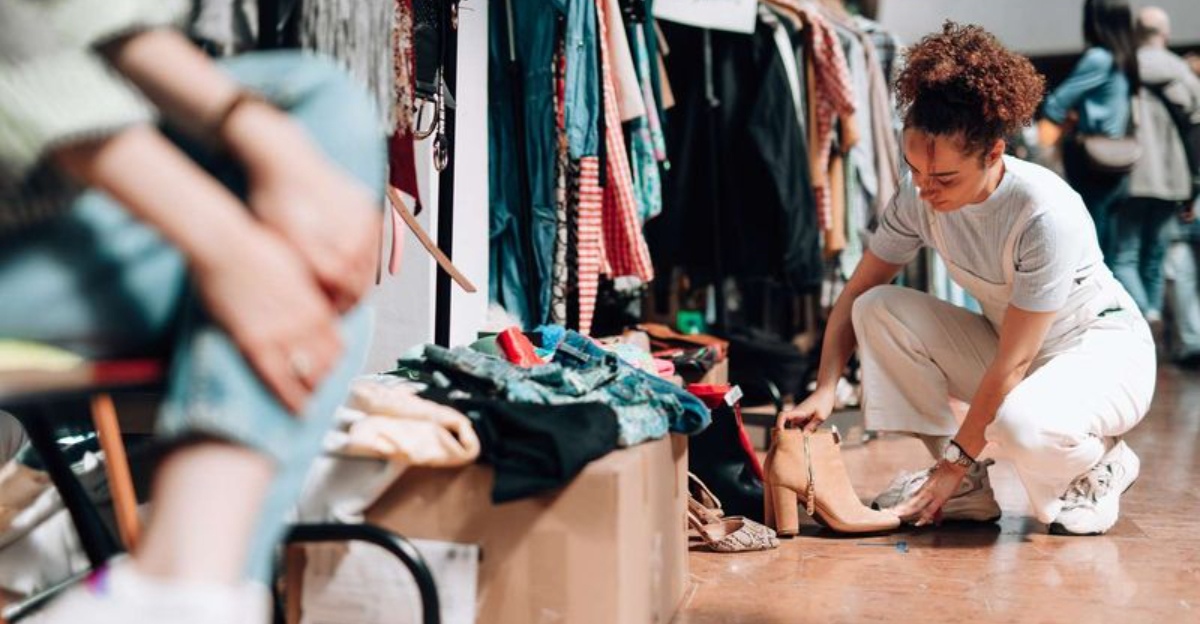
Thrifting is like a treasure hunt for grown-ups. You walk into a store filled with other people’s castoffs and somehow walk out with amazing finds at rock-bottom prices.
However, even seasoned thrifters make mistakes that cost them money or cause them to miss out on secondhand gold. (Yes, that vintage lamp was worth $200… and yes, someone else grabbed it while you debated.)
It’s all here to make your hunt less chaotic and more victorious. Thank me later for gathering top tips from thrifting pros on the biggest no-nos to avoid during your next secondhand shopping spree.
1. Skip The Inspection Process
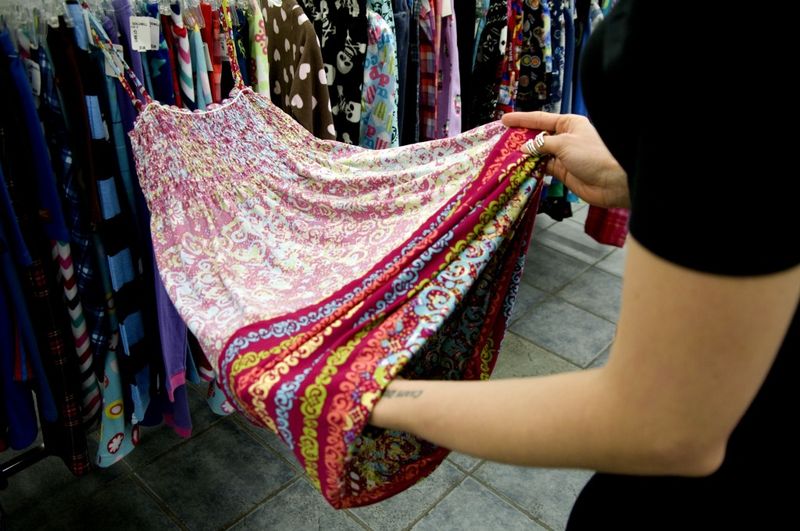
Rushing through your thrifting trip might leave you with broken items or stained clothing. Take time to examine each piece thoroughly under good lighting.
Check EVERY LITTLE THING. Everything matters… zippers, buttons, seams, and look for tears or permanent marks.
Once I grabbed a gorgeous silk blouse without noticing tiny moth holes throughout. That expensive mistake taught me to slow down!
Remember that thrift stores rarely accept returns, so what you buy is what you’re stuck with.
2. Shop Without A Plan

Wandering aimlessly through thrift stores leads to impulse purchases you’ll regret later. Before heading out, jot down specific items you actually need or collect. Maybe it’s mid-century barware or a leather jacket in your size.
Without boundaries, you’ll end up with random junk cluttering your home. Though spontaneous finds can be thrilling, having a loose framework helps you focus.
Your wallet and closet space will thank you for this simple preparation step!
3. Ignore Unusual Sections
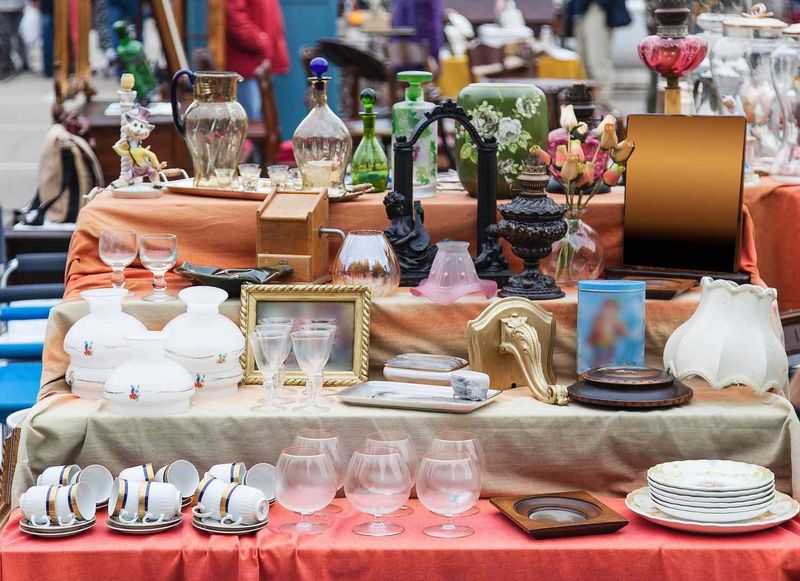
The men’s section might hold oversized blazers perfect for women’s fashion. Children’s books often hide first editions worth serious money. Linens sometimes conceal vintage designer scarves mixed in with regular tablecloths.
Cross-section shopping yields the best treasures! Many shoppers stick to familiar departments, creating untapped goldmines elsewhere. Venture beyond your comfort zone during each visit.
My favorite cashmere sweater came from the men’s section, and it cost just $4!
4. Dismiss Items Needing Minor Repairs

That gorgeous wool coat missing two buttons? The vintage lamp needing rewiring? These fixable flaws often make incredible pieces dirt cheap. Learn basic mending skills or befriend a tailor and electrician.
Small investments in repairs can transform bargains into treasures. However, be realistic about your skills and repair costs. A $5 designer dress requiring $30 in alterations might still be worthwhile.
Just avoid major structural damage or items needing specialized restoration unless you’re prepared for the commitment.
5. Shop During Peak Hours

Weekend afternoons turn thrift stores into battlegrounds. Everyone’s fighting over the same racks while dealing with long checkout lines.
Instead, visit during weekday mornings or early afternoons when stores are freshly stocked and peacefully empty.
Many shops restock overnight, making early birds the real winners. Tuesday mornings often feature new merchandise after weekend donations.
Bonus tip: Ask staff about their specific restocking schedule. They’ll usually share this insider information if you’re friendly!
6. Forget To Check For Store Discount Days
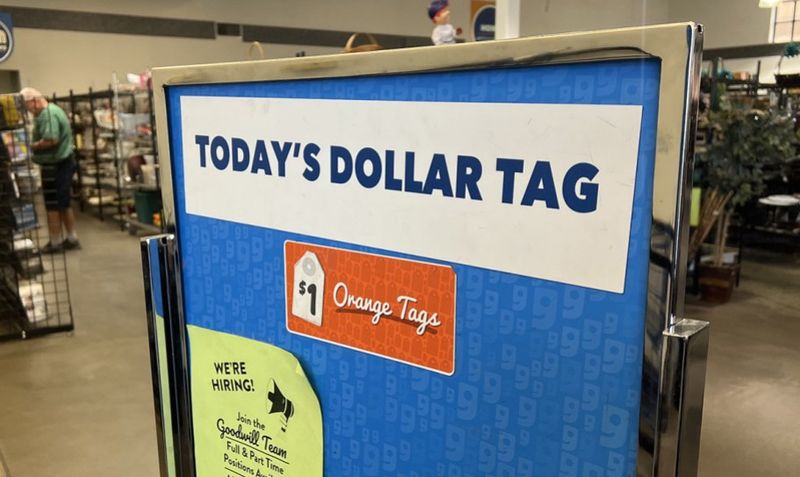
Nearly every thrift store runs special discount days that can slash prices by 25-50%. Goodwill often has color tag sales, while local shops might offer student or senior discounts on specific days.
Following your favorite stores on social media reveals flash sales and special events. Some places even have monthly dollar days where everything with certain tags costs just $1!
Why pay full price when waiting a few days might save you serious cash? The savviest thrifters plan their shopping calendar around these predictable savings opportunities.
7. Overlook Seasonal Items Off-Season
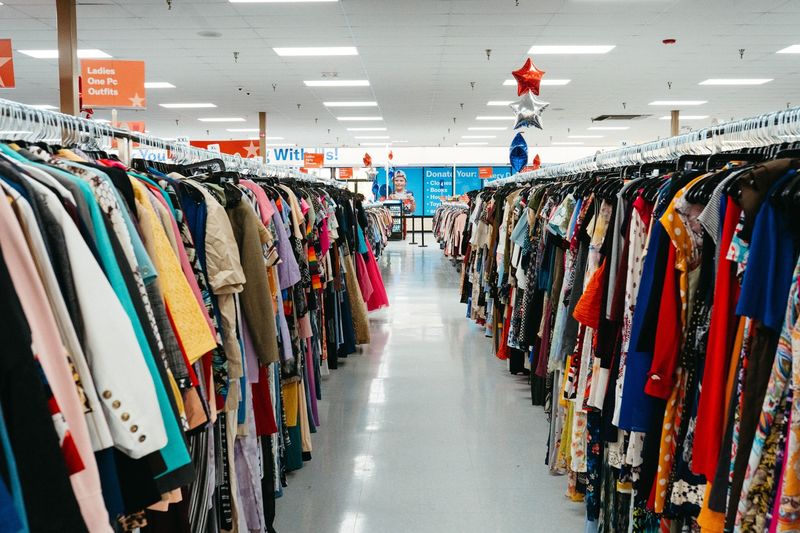
Summer’s end brings Halloween costumes to thrift stores. January overflows with Christmas decorations nobody wanted. These off-season treasures sell for pennies on the dollar because demand is low.
Smart thrifters think six months ahead. Buy winter coats in July and summer dresses in December. Store these finds until needed and enjoy massive savings.
Though it requires storage space and planning, this strategy builds quality wardrobes and holiday collections at fraction of retail cost.
Take it from me, patience pays off spectacularly!
8. Wear Restrictive Clothing While Shopping

Tight jeans and button-up shirts make trying on thrift finds nearly impossible. Many stores have limited fitting rooms or none at all. Wear leggings, tank tops, or loose clothing to try things over your outfit.
Slip-on shoes save time when testing footwear. Dressing strategically means evaluating more items quickly and accurately.
My thrifting uniform includes a form-fitting tank, stretchy leggings, and flat shoes. No harm in being careful, prevent the heartbreak of leaving perfect pieces behind because trying them on was too complicated.
9. Disrespect The Space And Staff
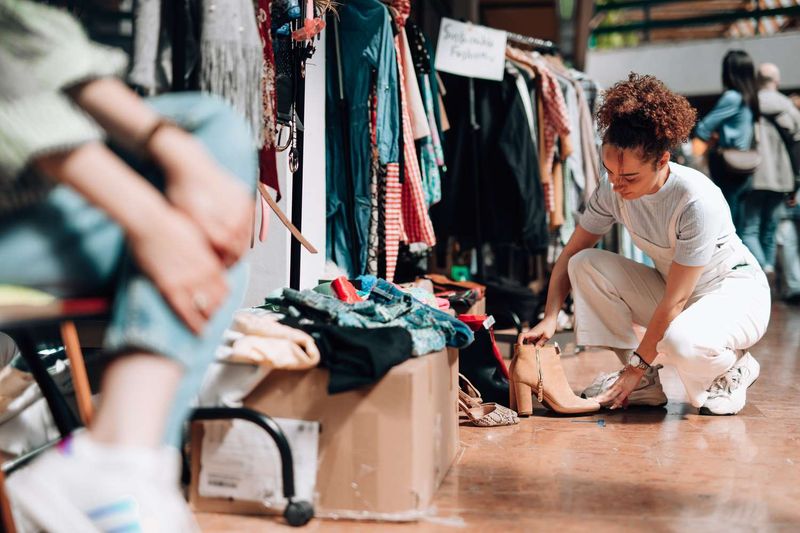
Leaving dressing rooms messy or dumping rejected items randomly creates more work for employees. These hardworking folks keep prices low by operating efficiently.
Treat the space with care by returning items to proper sections.
Building relationships with staff brings incredible benefits. They might hold special items for regulars or share insider knowledge about upcoming merchandise.
Thank employees and practice patience during busy times. The thrifting community thrives on mutual respect between shoppers, donors, and the people making these sustainable shopping spaces possible.






